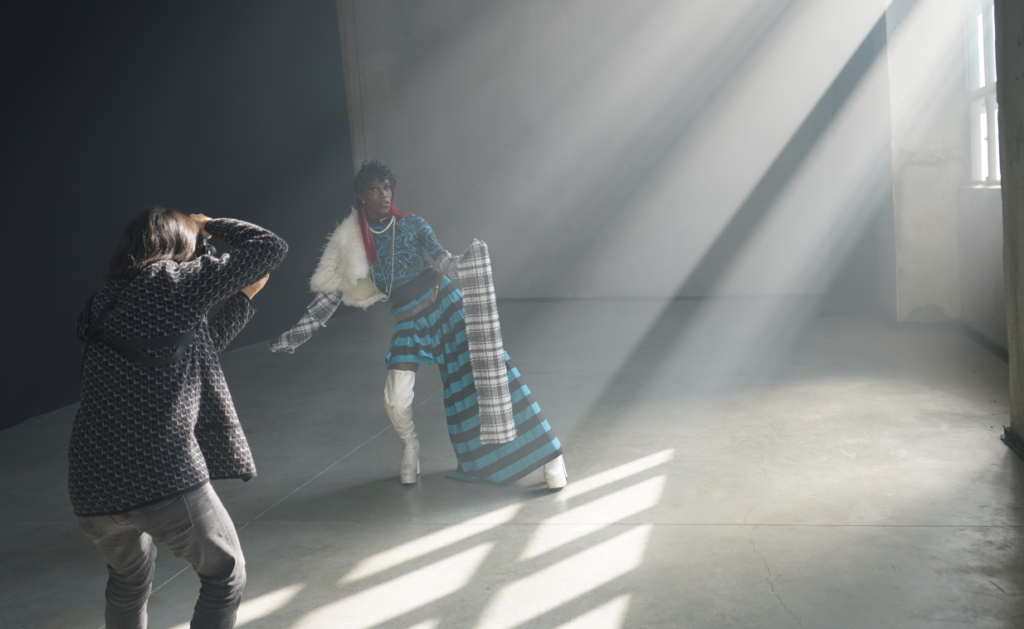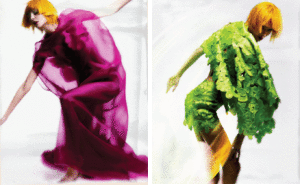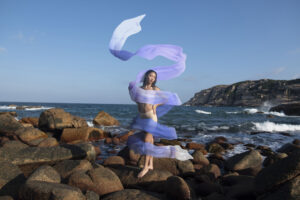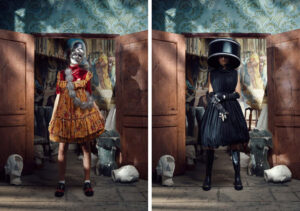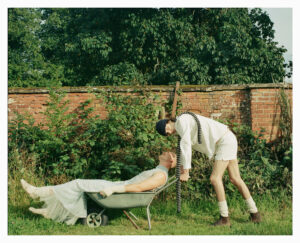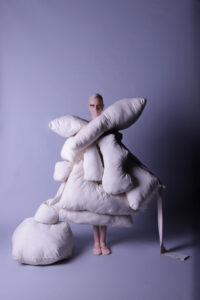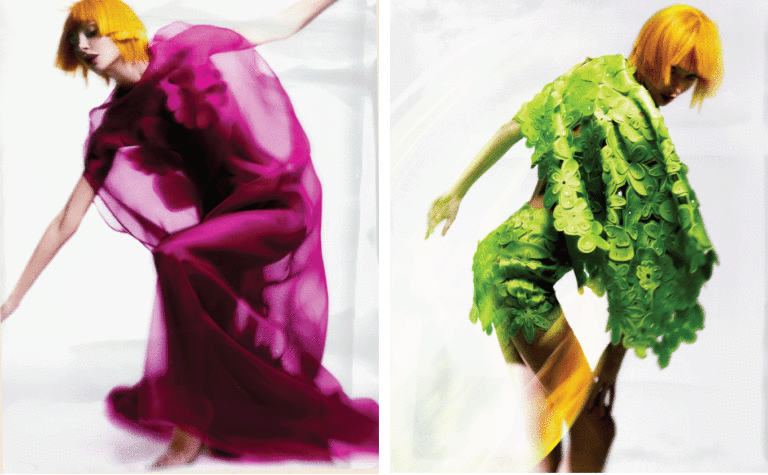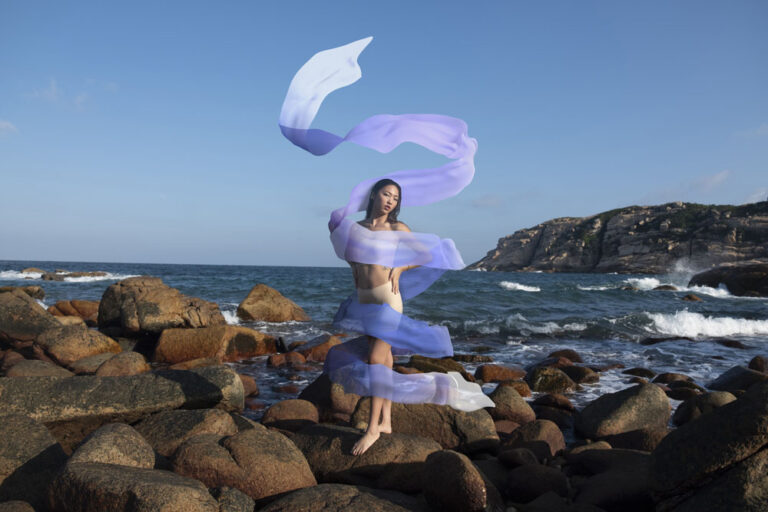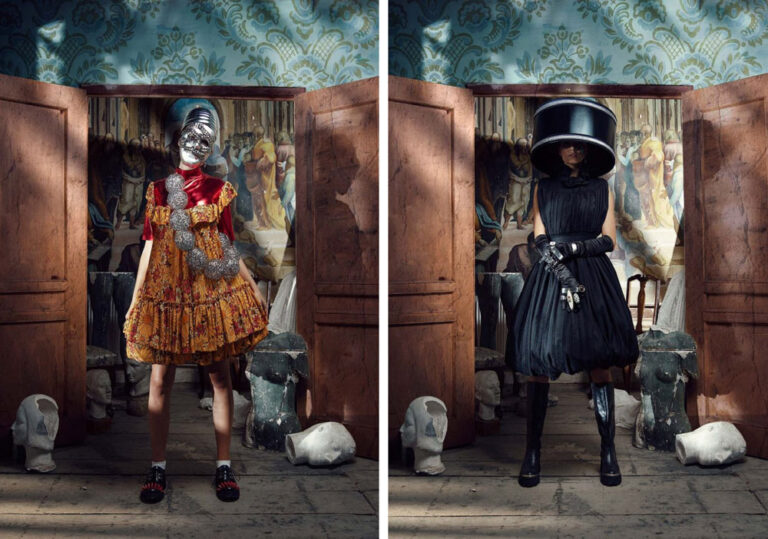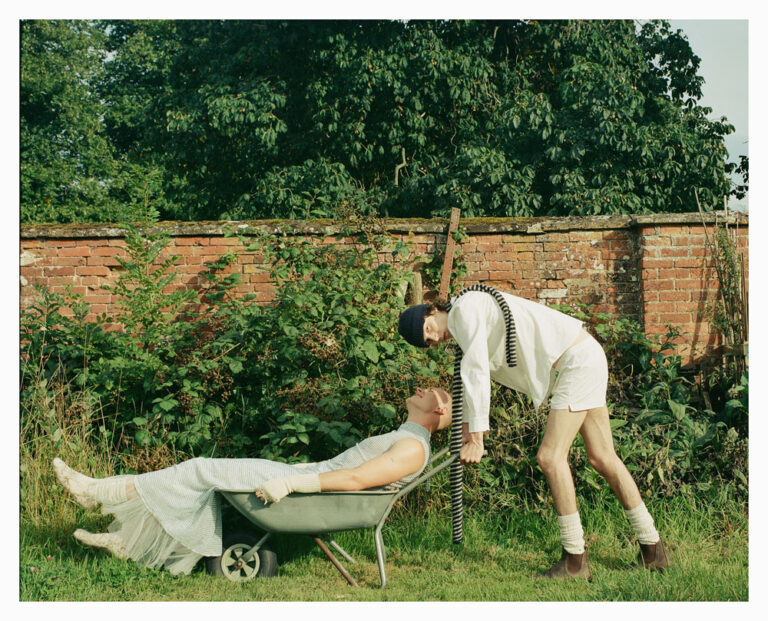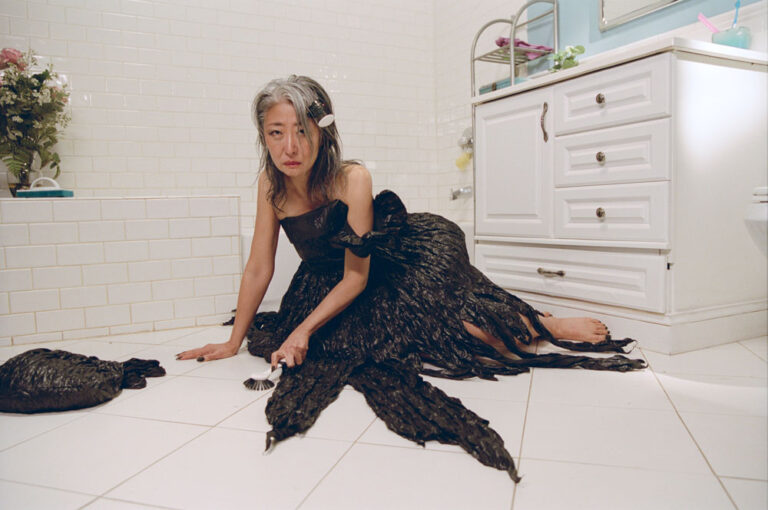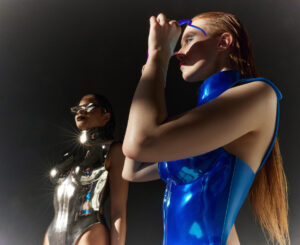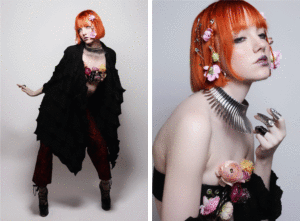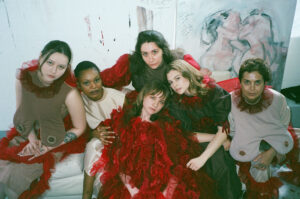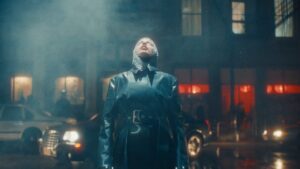David J Amado is a Jamaican- American filmmaker and choreographer. His work aims to tell the stories of queer black people through dance and film. With a career spanning across three continents, David is a teacher, creative and innovator.
We recently spoke to him about his latest work, True Colors, and his journey as a choreographer-filmmaker.
Film making seems to be an art form you are deeply attuned to. Tell me about your journey to become a film maker.
Movies and television raised me. Some of my earliest memories are sitting in front of the TV watching music videos by people like Janet Jackson and Paula Abdul and watching movie musicals like Fame and Purple Rain. This is my director origin story. I remember being as young as 4 or 5 years old, and though I did not have the language to say, “I want to be a director”, I knew for certain that I wanted to create worlds and tell stories that people could see on tv and in the movies. This desire to use my imagination take myself & the viewer elsewhere, some place better and more optimistic than reality is honestly one of the only reasons I am still standing today. This vision for my future, this calling has sustained me & saved my life.
With classical ballet as my base, my initial attempts at filmmaking were through dance videos. Initially I was only interested in showing my choreography, but these shorter dance videos would eventually culminate in a medium length dance film I directed in 2020 entitled Velveteen, which like True Colors, is also about Black queer experiences. Velveteen was my first conscious attempt at filmmaking and was also the first time that I began to feel self-actualized as a director.
Your short film, True Colors, holds a deep vulnerability in its performance. How did your personal story inform the narrative of the film?
True Colors is about how Black queer men are conditioned, and in some cases forced, to dress and behave in a way that is deemed as “acceptable” in order to survive. The subject matter is deeply autobiographical to me.
I am Jamaican-American. My world in Jamaica exists within the confines a small rural town in Trelawny, and in the states my roots are scattered throughout the streets of North Philadelphia. Both environments are insular, extremely poor and tremendously homophobic. For much of my life I was the only gay person I knew or had even seen. The lack of representation and negative responses to my identity made me believe that I was strange and defective. That who I was, and my true expression were morally wrong, would incite others to violence and stand in the way of me ever achieving success.
Even today, I still struggle to disassociate myself from these cultural dogmas at times. So, I created True Colors to remind myself that I do not have to mould myself to the heteronormative standard of what a Black man is supposed to be in order to be loved and successful. To remind myself that I am worthy of being seen and occupying space, and that I can thrive without having to compromise my personal integrity.
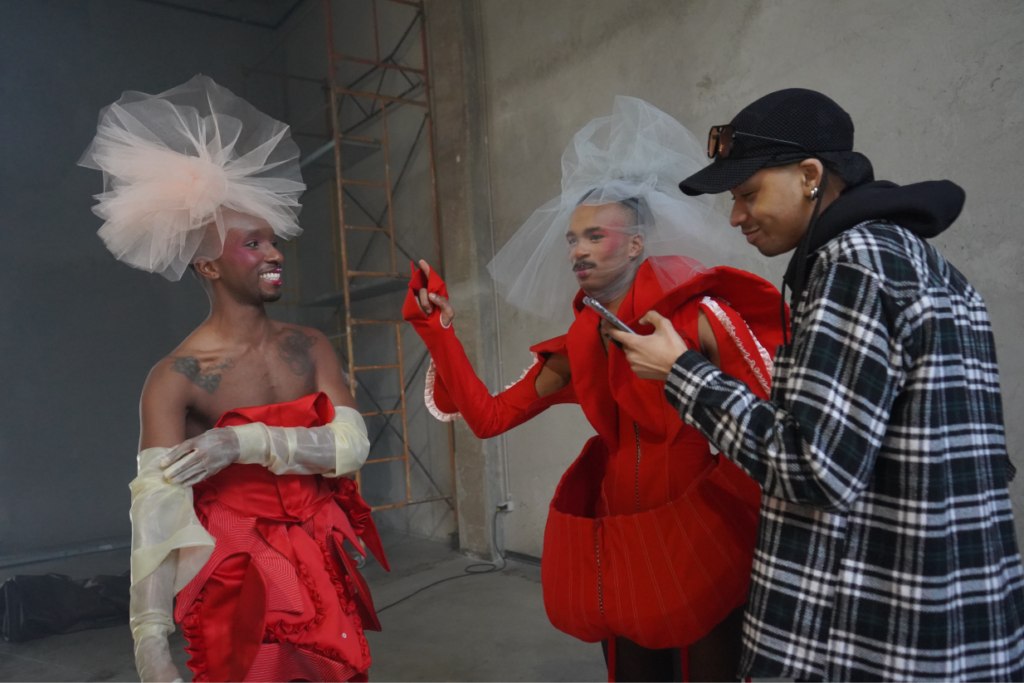
What was the collaborative process like in the creation of this film?
The collaboration process was characterized by love; I invited everyone to participate out of my love for them and what they do, and all of my collaborators poured into the project out of their love for me and what I do.
The other two actors in the film, Igor Silva (@flawlessboy_3) and Felicia Hunter (@feliciathehunter), are two very important people in my life. I envisioned True Colors as a love letter to the little queer boys inside of Igor, Felicia & myself. I had them write letters to their younger selves, then I did the same, and I basically built the script around our letters. I can see how you would sense the vulnerability in our performances because we all wrote from very sincere places about our insecurities surrounding our gender expression.
Originally my idea was to only use our voices in the film. However, in post-production, I decided that I wanted to externalize the negative voice in the film’s opening because although that oppressive voice lives inside of us, that voice does not belong to our authentic selves. I then asked a friend of mine, DJ Di Cândido (@iamdidibee), to serve as narrator in the film and he joined the project immediately with no questions asked. This willingness to blindly contribute to the film really speaks to how so many people entered the project including my producer Amelia Carter (@ameliamcarter) and my post-production sound engineer Thais Rizzo (@tharizzo). There was a mutual trust and respect, coupled with generosity and a desire to uplift the Black queer community.
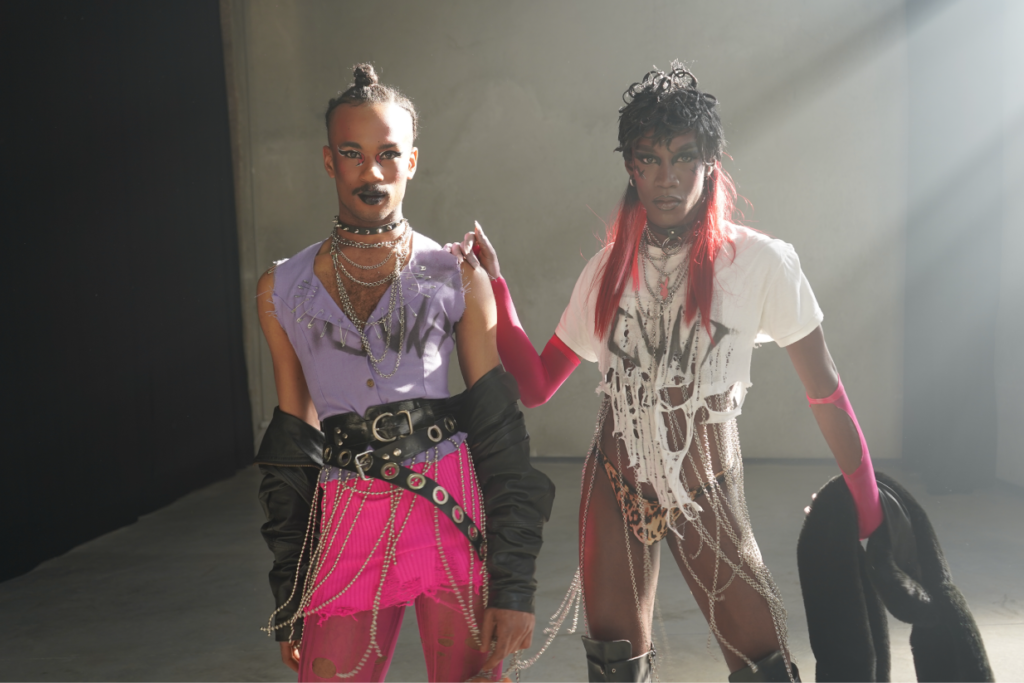
How did fashion and the looks displayed inform the creative output of the film?
I had wanted to do a fashion film almost a year before I ever began True Colors. This desire to create a fashion film was born out of seeing the fashion films of luxury brands such as Schiaparelli, Dior and Mugler. However, I knew that any fashion film I did had to be in alignment with my mission to tell Black queer stories and to uplift all the artists involved. I knew it could not be fashion for fashion’s sake with beauty being the only end. Which is also why it took me so long to begin. I had to find my intention and my story.
The film begins tightly framed with muted colors and as the film progresses the frames get wider, the fashion more expressive and the colors more vibrant. This cinematic choice is used to symbolize the journey from repression to bold, authentic living. Using fashion to tell this story of self-discovery and self-acceptance, I knew it was important to find designers who could help bring this narrative to life.
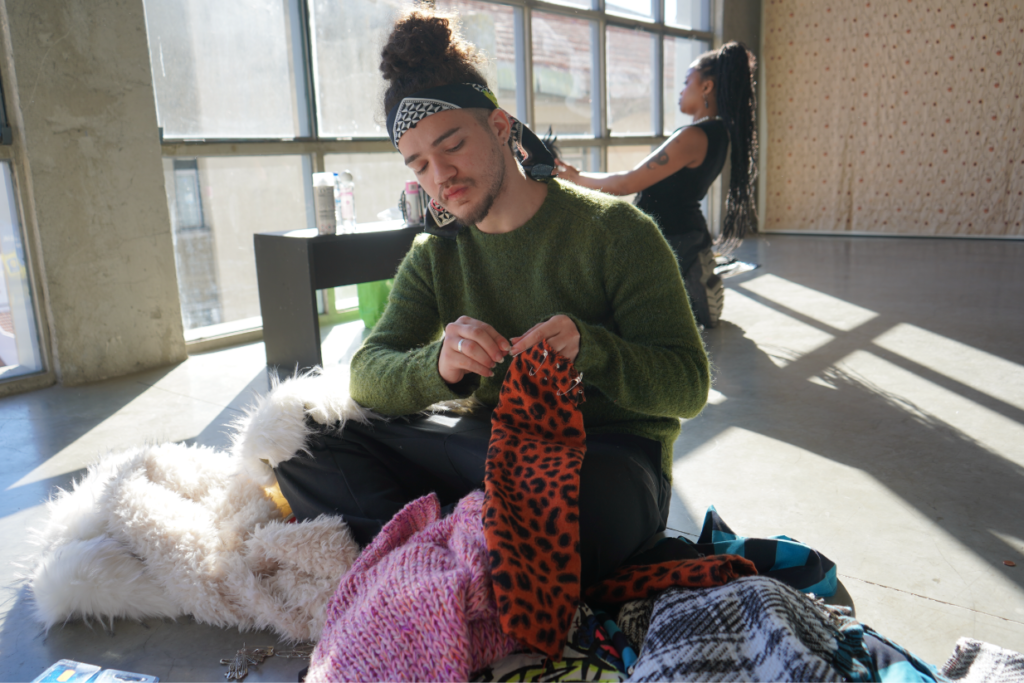
Did you work with any specific designers or stylists to put the looks together? Tell me about that process.
There are 5 designers and stylists from Lisbon [Portugal] who are responsible for the 14 looks in the film. Young creatives who, like myself, are on the margins of their respective industries, due to their identities and the conservative nature of the Portuguese, but who are also on the cutting edge of a really amazing subculture of fashion here. My decision to use only up-and-coming queer and queer designers of color for this project was deliberate as well as political.
CyberTokio (@cytoxstudio), I had already worked with in a smaller capacity on my last film. CyberTokio was the first designer I had spoken to about the project. We spoke about it off and on for about 6 months before we even began pre-production. We would send references back and forth and fantasize about the silhouettes, the colors and the fabrics we wanted to use. This process was very helpful in the artistic direction and writing of the film as well because it helped me to get more specific in my creative choices.
Through CyberTokio, I met Vénus Guerra (@enbygenesis), a brilliant, extremely researched designer who specializes in avant garde fashion who came on to help design the looks at the end of the film where Igor, Felicia and I become our most authentic and liberated selves.
Tiago Bessa (@hoebitchuary) I didn’t know at all before this project. I just wrote them on Instagram. I saw a collection of theirs entitled Hermaphrodite which really resonated with me. Their collection is made of these sculpture-like gowns, almost like origami, with human genitalia built into the folds and flaps of the garments all over. I knew I needed to get their work in the film. Since both Hermaphrodite and True Colors are about gender, it felt like an obvious match.
The last two designers were actually friends of mine already, Suprema Prosperity (@suprema.prosperity) and Isabella Cora (@cvnt3000). I had met Suprema and Isabella through the ballroom [vogue] scene here in Portugal. When another designer I had confirmed had to pull out of the project a week before filming, I thought of Suprema and Isabella because I had seen the amazing looks, they had made for some of the balls in Lisbon. I asked them each for 3 looks which they both made in a matter of 6 days with only a few reference boards from me as a guide. They both saved the project, and their looks are some of the standouts in the film.
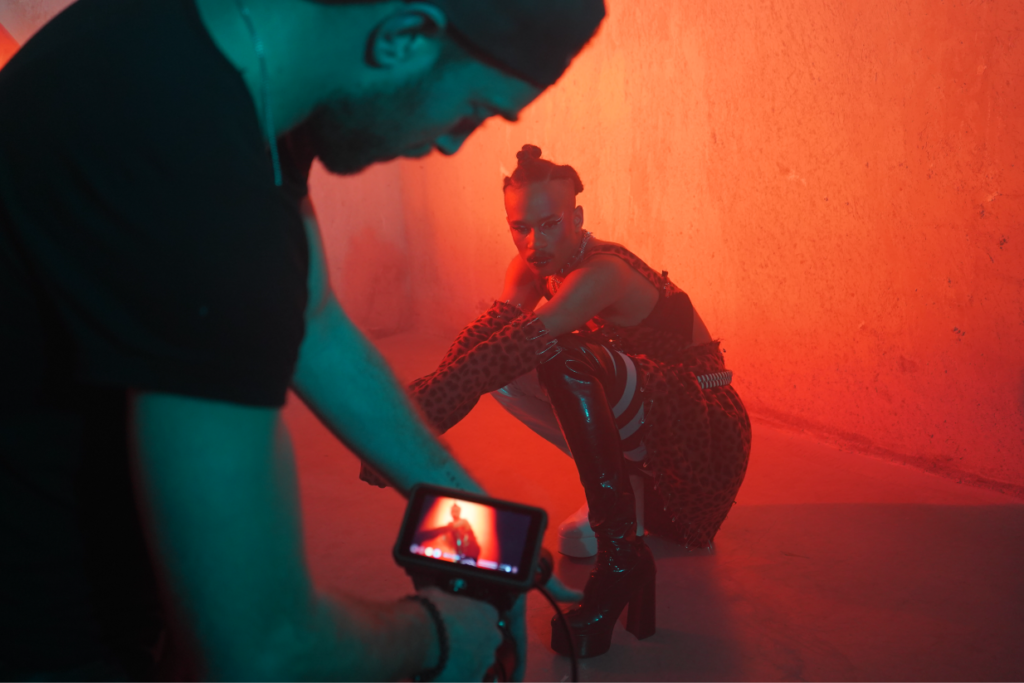
You are both a filmmaker and a choreographer, how has your experience in both fields impacted the way you created True Colors?
Dance and music are the primary lenses through which I see everything in my life. Everything is a dance for me. The way the camera moves, the way a garment falls against a person’s body. Moreover, because I come from the world of classical ballet, I am very much about storytelling, symmetry, and aesthetics and all of this came in handy while working on True Colors. Through there is no choreography in the film, I believe the viewer can see my experience as a choreographer in each of the transitions from frame to frame. The musical score by Xu Lopes (@xulopes) drives the film and the way that the audio and the visual interact with one another also feels very much like a classical pas de deux to me. There’s a clear give and take; a push and pull.
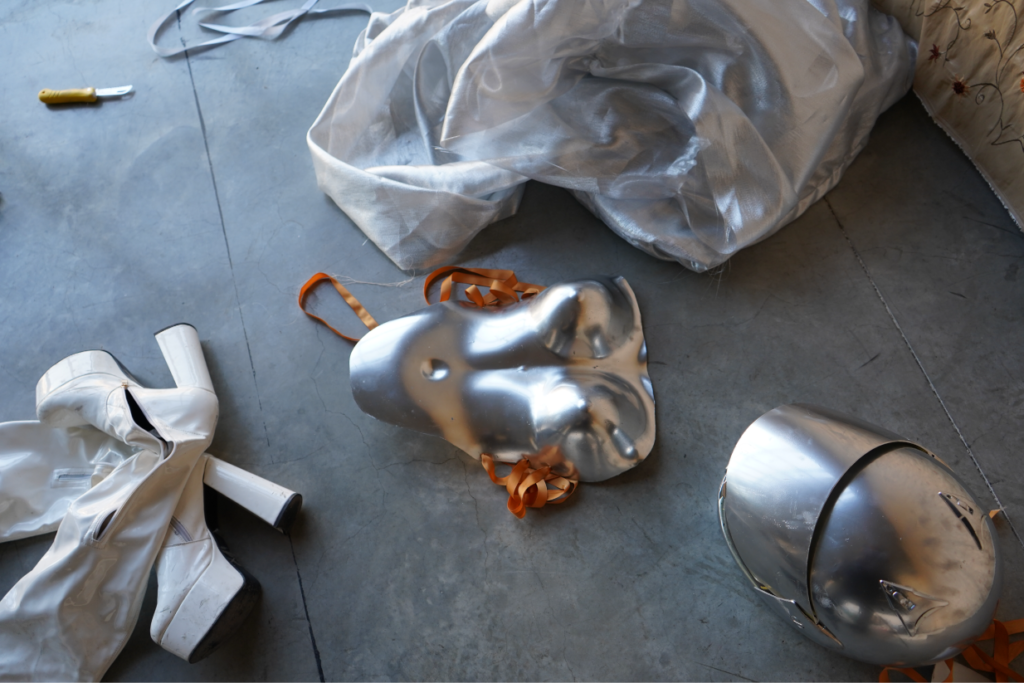
Where would you like to take your filmmaking next? What other kinds of stories would you like to tell?
In the context of fashion, my biggest dream is to do creative direction for video content at Schiaparelli. What Daniel Roseberry is doing with the brand blows my mind and is both aspirational and inspirational to me. I would love the chance to work with someone like that, learn from him and see what kind of influence he would have on my work.
For my next project, which I intend to begin next year, I plan to do a medium length film built around original music that I will write and sing, once again speaking to issues related to Black queerness.
More than anything, I just want to keep creating work that the 4- and 5-year-old me needed to see but didn’t. Work that centres experiences like my own and shows Black queer people in a beautiful, humane and more empowered light.
Visit David’s website by clicking the link here or visit his Instagram by clicking here.


